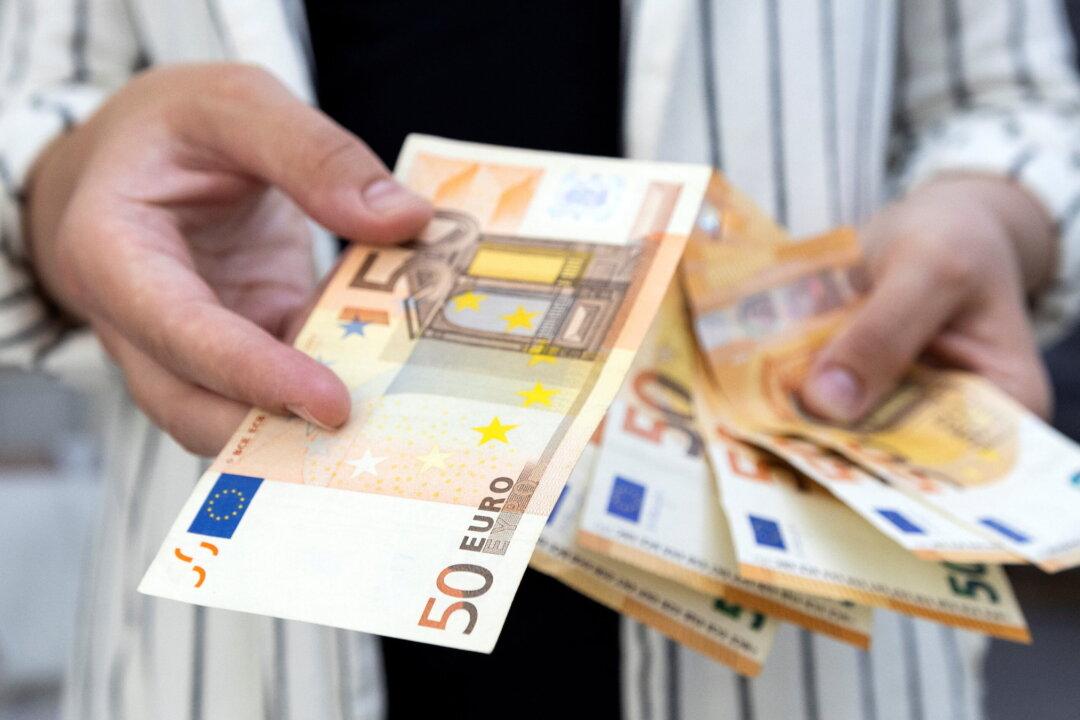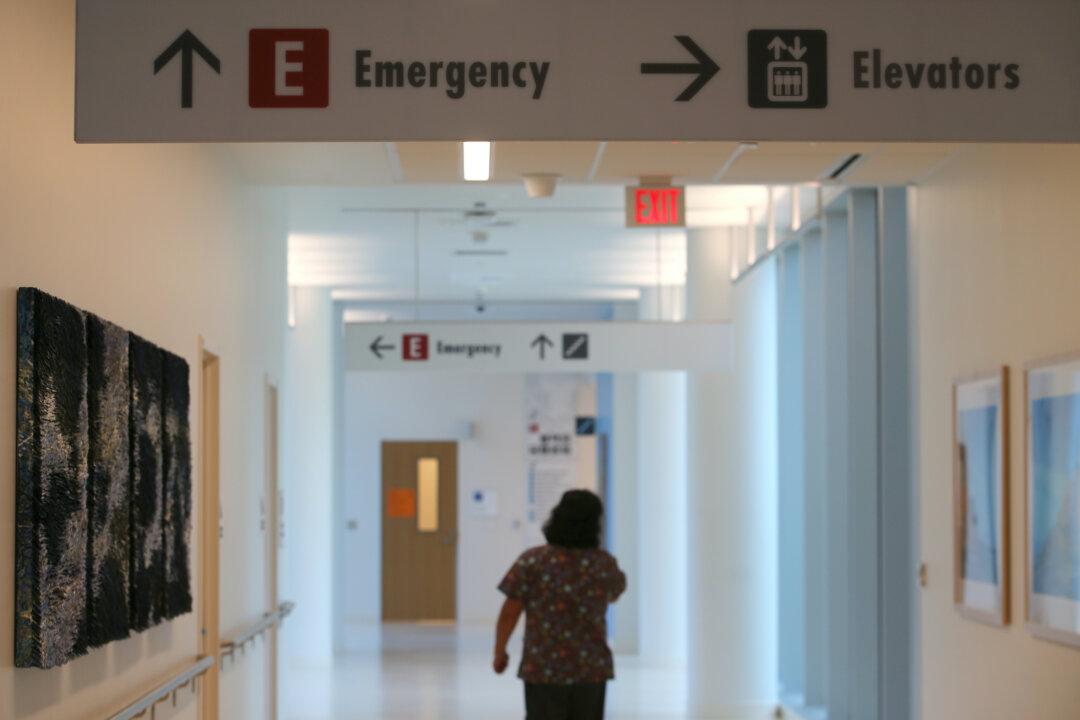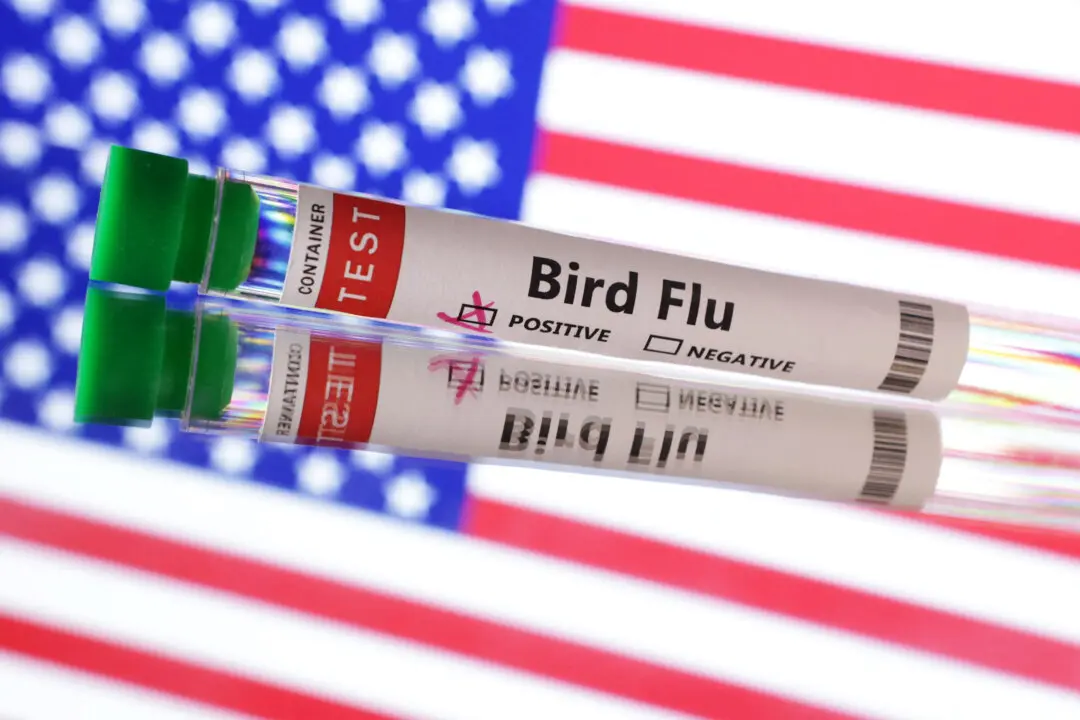NEW YORK—The euro rebounded on Tuesday after sliding to a 20-year low and nearing parity against the U.S. dollar as investors worried that an energy crisis in the region would bring on a recession.
The single currency reached $1.00005 against the greenback, the lowest since December 2002, after data showed German investor sentiment in July plunged below levels at the outset of the coronavirus pandemic due to energy concerns, supply bottlenecks, and rate hikes from the European Central Bank (ECB).





